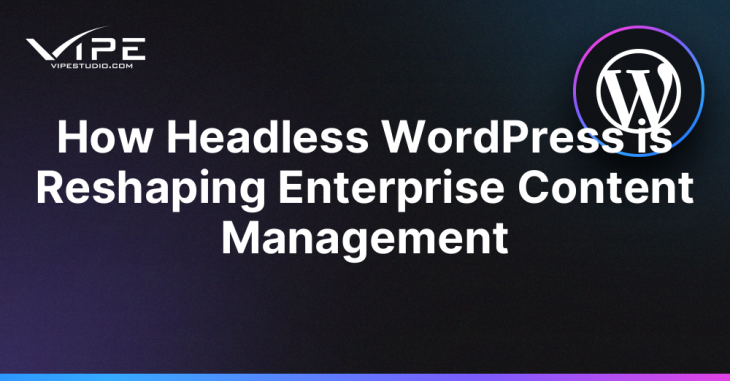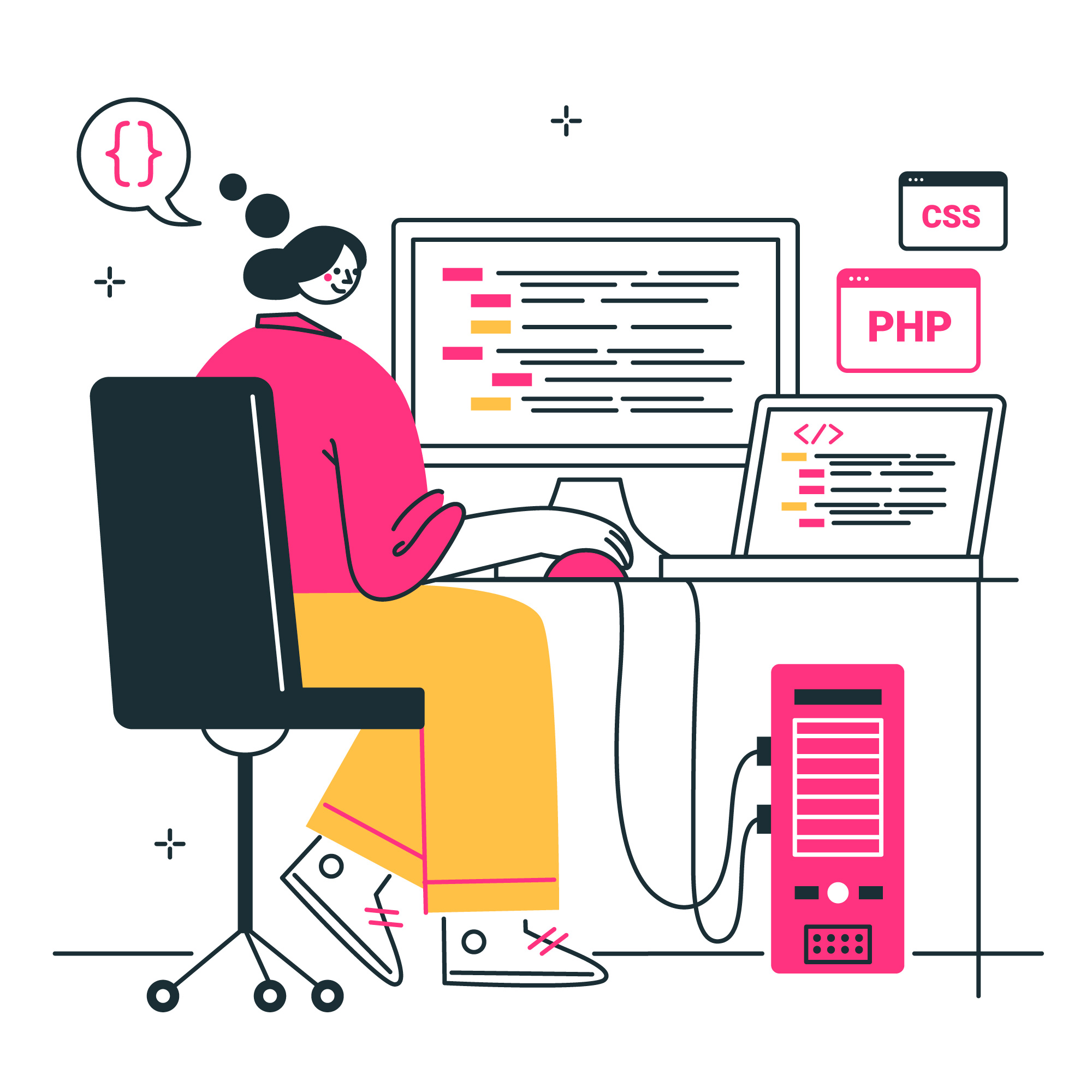How Headless WordPress is Reshaping Enterprise Content Management

READING TIME: MIN
What Is Headless WordPress?
Headless WordPress refers to the decoupling of the front-end and back-end of a WordPress website. Traditionally, WordPress is a monolithic CMS, meaning the front-end (what users see) and back-end (where content is managed) are tightly integrated. With a headless approach, WordPress acts as the content management system (CMS) while any front-end technology, such as React, Angular, or Vue.js, is used to display the content. This separation gives enterprises more flexibility and scalability in how they manage and deliver content.
Why Enterprises Are Moving to Headless WordPress
Enterprises today need to manage content across a variety of platforms and devices. From mobile apps to smart devices and websites, headless WordPress allows businesses to use the same back-end content management system across multiple touchpoints without being constrained by the limitations of a traditional CMS.
By adopting a headless approach, enterprises can ensure their content is consistently delivered and updated in real-time, across all channels, with greater speed and flexibility. This allows businesses to remain agile in a constantly evolving digital landscape.

Benefits of Headless WordPress for Enterprises
- Flexibility in Front-End Development: Headless WordPress allows developers to choose the best front-end technologies suited for their projects, enabling a better user experience and performance.
- Omnichannel Delivery: With headless WordPress, content can be delivered to various channels such as mobile apps, e-commerce platforms, and IoT devices, all using the same back-end content management system.
- Improved Scalability: Enterprises can scale their content delivery as needed without worrying about the performance limitations of a traditional CMS.
- Faster Development Cycles: Decoupling the front-end and back-end allows developers to work on each part independently, leading to faster and more efficient development.
Headless WordPress Architecture Explained
In a headless WordPress setup, the WordPress back-end acts as the content hub, storing and organizing content through the WordPress admin interface. This content is then delivered through APIs, typically using REST API or GraphQL, to the front-end of choice, which can be any modern JavaScript framework like React, Vue.js, or even mobile applications.
This approach allows businesses to tailor their front-end experiences and UI/UX design, making it easier to implement complex or highly customized user interfaces. It also offers more flexibility in choosing the best technologies that suit the project requirements, leading to more innovative solutions.
Examples of Headless WordPress in Action
Several large enterprises have successfully adopted headless WordPress to manage their content across multiple platforms. For example, an e-commerce site can manage product information and reviews through WordPress, while delivering an interactive and responsive front-end experience through a JavaScript framework. Similarly, a global brand can deliver localized content across different regions and devices without altering the core back-end.

Challenges of Implementing Headless WordPress
While headless WordPress offers many benefits, it’s not without its challenges. Implementing a headless setup requires more technical expertise, as it involves integrating APIs, managing front-end frameworks, and ensuring smooth communication between the back-end and front-end. Enterprises also need to consider the ongoing maintenance and the additional complexity of managing multiple systems.
Conclusion
Headless WordPress is revolutionizing how enterprises approach content management. By decoupling the back-end from the front-end, businesses can deliver faster, more personalized, and omnichannel digital experiences. However, it’s important for enterprises to assess their capabilities and resources before fully embracing a headless approach, as it requires a higher level of technical expertise and ongoing management.
Need help implementing a headless WordPress solution? Vipe Studio specializes in headless WordPress development and can guide you through every step of the process. Contact us today to learn more.


